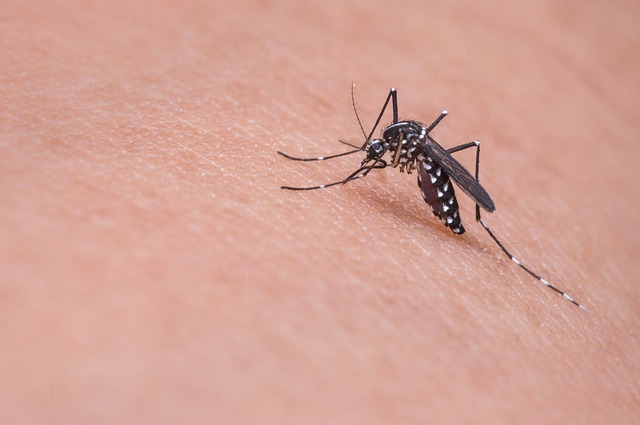There have been a lot of conversations about the Zika virus lately and we wanted to provide you some information and facts to help protect you, your family, and your children.
- Is this a new virus?
No. It was first discovered amongst monkeys in the Zika forest of Uganda in 1947. For decades that followed, it was rarely was found among humans. According to the New England Journal of Medicine there were only 14 documented Zika cases prior to 2007.
- How did the virus spread to humans?
The first big outbreak appeared on Yap island in Micronesia with 49 confirmed cases and then the virus began to pop up in other Pacific Islands, including a large outbreak in 2013-14 in French Polynesia (388 cases). Health officials first detected the virus in Brazil in 2015 and soon more than a million people in Brazil were affected. The common carrier of the disease was mosquitoes, specifically by a type of mosquito called Aedes aegypti, which spread the disease through bites. Cases of Zika have now appeared in more than 20 countries, particularly those concentrated in South America, Central America, and the Caribbean.
- What are the symptoms?
The Zika virus can show the following symptoms: fever, rash, joint pain, and pink eye (conjunctivitis). Symptoms usually clear up within a week and are mild. They rarely require hospitalization. About 1 in 5 people infected with Zika virus become ill.
Some officials, including the Centers for Disease Control and Prevention (CDC), are now seeing that Zika may be of concern to pregnant women. Very recently, Brazil has reported an increase in infants born with microcephaly occurring at the same time as an outbreak of Zika virus in that country and there may be a connection between Zika and microcephaly. Microcephaly is characterized by a shrunken head and incomplete brain development. Studies are being conducted to try and learn more about the connection between Zika and microcephaly and determine whether, or not, there is a direct connection between the two.
- Is there a cure?
Not at this time. Because Zika posed little threat to humans for such a long time, research about the virus has been extremely limited. This new Zika outbreak has spurred funding and attention, and the World Health Organization (WHO) has called for researchers to develop better diagnostic tools and a vaccine for Zika.
- What steps should pregnant women take?
The CDC recommends that pregnant women do not travel to areas where Zika virus has been seen (see the full list herehttp://wwwnc.cdc.gov/travel/page/zika-travel-information). If travel is necessary, women are advised to be very careful to avoid mosquito bites. These bites can occur both inside and outside, especially during the day. Follow these guidelines to help avoid bites:
- Use insect repellents, making sure you read to the label to ensure it’s safe for pregnant women.
- Avoid being in areas with a lot of sitting water.
- Wear long pants and long sleeve shirts and/or clothing made of permethrin. Wear clothing made with a thicker fabric so it’s hard for mosquitos to bite through it.
- When possible, stay in an air-conditioned room or a screened area. A mosquito bed net is also recommended (one treated with permethrin is your best choice).
Be sure to visit with your doctor when returning home from a country that has experienced a Zika outbreak.


